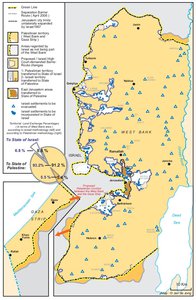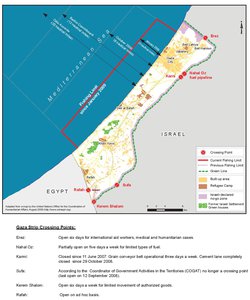THE ISRAELI DISENGAGEMENT PLAN, 2003-2005
Map Details
In December 2003, only a few months after the publication of the Geneva Initiative, Israeli Prime Minister Sharon effectively "hijacked" the Geneva agenda by announcing his intention of unilateral disengagement from the Gaza Strip and a small part of the northern West Bank while making clear that Israel would never give up Jerusalem and the remainder of the West Bank. The Disengagement Plan envisaged the evacuation of 8,692 settlers from 21 settlements in Gaza and 582 settlers from four settlements in the Jenin area of the West Bank area as well as all the permanent military installations in the designated areas. According to the official text, the Disengagement Plan was intended not just to further the Israeli security situation, but also to "improve the current reality" in which there was "no Palestinian partner with whom it is possible to make progress." With regard to the Gaza Strip, the disengagement would be permanent and would therefore mark the end of both Gaza's status as "occupied territory" as well as Israel's responsibility to the Palestinians living in Gaza. However, under the Disengagement Plan, Israel would continue to exercise control over Gaza’s military, its sea and airspace, borders and border crossings and a wide range of administrative matters, including taxes and customs, the population registry and "the supply of electricity, fuel, gas, medicines, merchandise and water as well as the entry and exit of goods and people to and from the Strip." Furthermore, Israel reserved the right to respond to threats emerging from Gaza and the West Bank by undertaking military operations in those areas, including "preventive" actions. Within Israel, the Disengagement Plan was heavily criticized by the settler movement and the political right who opposed the withdrawal from what they considered to be Jewish land. The members of PM Sharon's own Likud party even voted down the plan in a non-binding party referendum in May of 2004. Additional criticism came from left-wing Israelis who considered the disengagement to be "a means of railroading the peace process and instead focusing on the de facto establishment of borders in the West Bank via settlement and wall construction." Nevertheless, in June 2004 Sharon was able to secure Cabinet support for a revised version of the plan, which was also approved by the Knesset in October of that year. Soon after the Knesset passed the ‘Disengagement Plan Implementation Law’ in February of 2005, the Israeli Cabinet voted to implement the plan. Apart from a few minor incidents, the actual pullout went smoothly, taking place between 15 August 2005, when Israel began removing settlers, and 23 August, when the pullout in the northern West Bank was completed. On 12 September 2005, the last troops withdrew from the Gaza Strip. The Disengagement Plan, which was presented at a time of growing international criticism of Israel over the construction of the Separation Barrier; a weak Israeli economy under the Second Intifada as well as a growing number of military and civilian casualties due to the ongoing conflict with the Palestinians that continued to "[increase] the costs of keeping an extensive military presence in the Gaza Strip"; brought PM Sharon an important "PR success" for Israel. As early as April 2004, then US President Bush had already given his blessing in a letter exchange with PM Sharon, labeling the Disengagement Plan "a bold and historic initiative that can make an important contribution to peace." Furthermore, the letter gave Israel a sweeping commitment and guarantees its existence as a Jewish state, by “promising” that Palestinian refugees will not return to the state of Israel. Similarly, the Middle East Quartet praised the Disengagement Plan as a potential "step towards achieving the two-state vision" in line with the 2003 Road Map, although it did stress that the parties to the conflict should refrain from "unilateral actions". Astonishingly enough, the Quartet failed to see that the Disengagement Plan itself constituted a unilateral move that deliberately intended to sideline the 2003 Road Map and indefinitely postpone the Quartet’s vision of a Palestinian state. As Dov Weissglas, then senior advisor to Prime Minister Sharon, explained, the Disengagement Plan aimed at "freezing the peace process. […] When you freeze that process, you prevent the establishment of a Palestinian state and you prevent a discussion on the refugees, the borders and Jerusalem.” Likewise, PM Sharon presented the Disengagement Plan in an interview as "a blow to the Palestinians, in that it will force them to give up on their aspirations [to statehood] for many years to come." In fact, the Disengagement Plan managed to win Israel international support "for expanding settlements in the West Bank in exchange for “dumping” Gaza and to jeopardize the possibility of a viable Palestinian state." At first, many Palestinians, including President Mahmoud Abbas, were positive about the Disengagement Plan, hoping that it might result in new opportunities to revitalize the Palestinian economy in Gaza and the West Bank. However, the Palestinians soon found out that the implementation of the Disengagement Plan did not improve the situation. Instead, Palestinian citizens continued to be withheld various human rights, including "the right to freedom of movement, family life, health, education, and work." Moreover, with Israel no longer prepared to recognize its responsibility over the Palestinians living in Gaza, the latter became "effectively locked in a prison" where they were "worse off by all metrics: physically, emotionally and economically.
Related Maps
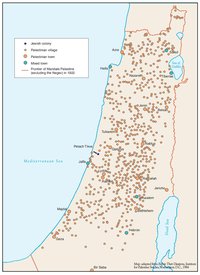
OTTOMAN PALESTINE, 1878
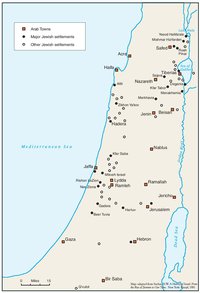
ARAB TOWNS AND JEWISH SETTLEMENTS IN PALESTINE, 1881-1914
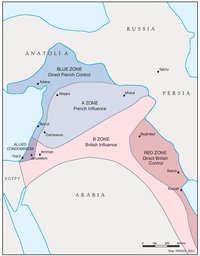
THE SYKES-PICOT AGREEMENT, 1916
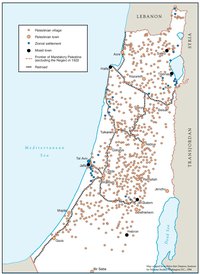
THE BEGINNING OF THE BRITISH MANDATE, 1920
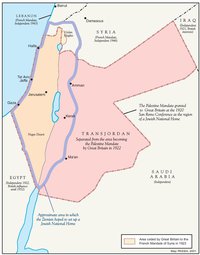
PALESTINE UNDER THE BRITISH MANDATE
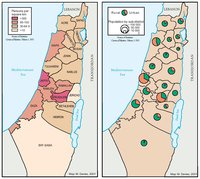
THE DEMOGRAPHY OF PALESTINE, 1931
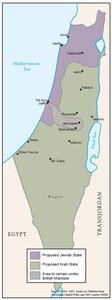
THE PEEL COMMISSION PARTITION PROPOSAL, 1937
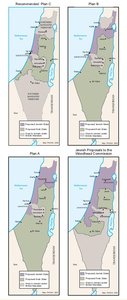
THE WOODHEAD COMMISSION PARTITION PROPOSALS, 1938
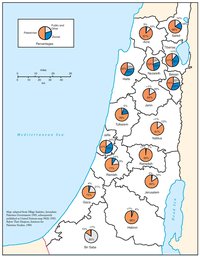
PALESTINIAN AND ZIONIST LANDOWNERSHIP BY SUB-DISTRICT, 1945
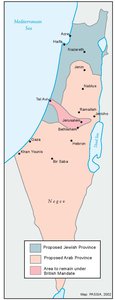
THE MORRISON-GRADY PARTITIONED TRUSTEESHIP PLAN, 1946
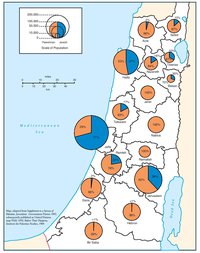
POPULATION OF PALESTINE BY SUB-DISTRICT, 1946
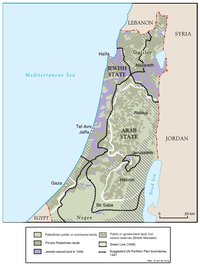
LAND OWNERSHIP IN PALESTINE, 1948
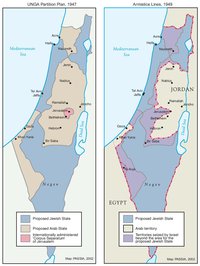
THE UNGA PARTITION PLAN, 1947 – THE 1948 WAR & THE 1949 ARMISTICE LINES
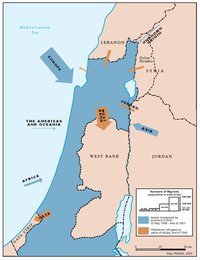
POPULATION MOVEMENTS, 1948-1951
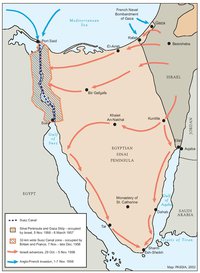
THE SUEZ WAR, 1956
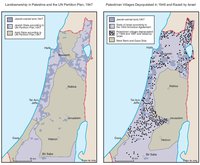
LAND OWNERSHIP IN PALESTINE AND THE UN PARTITION PLAN - PALESTINIAN DEPOPULATED AND DESTROYED VILLAGES, 1948-1949
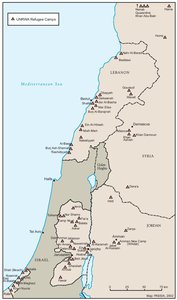
THE PALESTINIAN DIASPORA, 1958
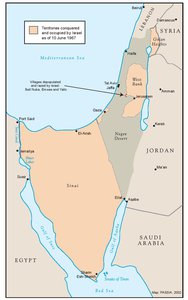
THE NEAR EAST AFTER THE JUNE 1967 WAR
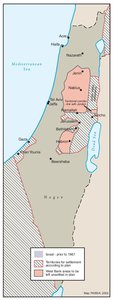
THE ALLON PLAN, JUNE 1967
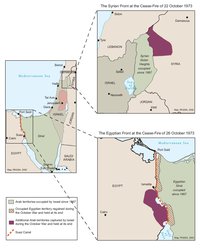
THE OCTOBER WAR, 1973
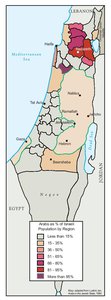
THE PALESTINIANS INSIDE ISRAEL, 1977
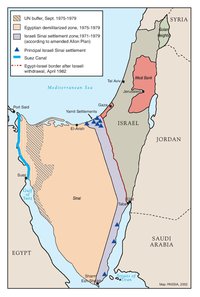
THE CAMP DAVID ACCORDS, 1978-1979
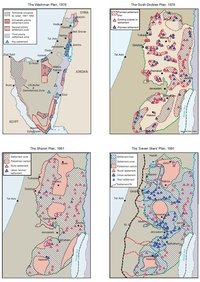
ISRAELI SETTLEMENT MASTER PLANS, 1976-1991
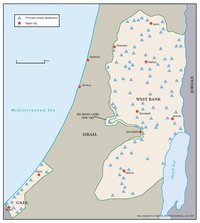
THE 1991 MADRID PEACE CONFERENCE & ISRAELI SETTLEMENTS
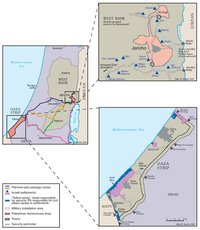
GAZA-JERICHO (OSLO I) AGREEMENT, CAIRO, 4 MAY 1994
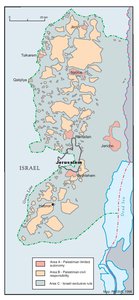
INTERIM (OSLO II) AGREEMENT, TABA, 28 SEPTEMBER 1995
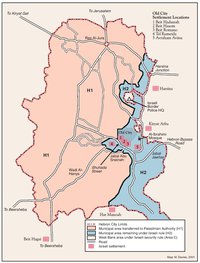
HEBRON PROTOCOL, 15 JANUARY 1997
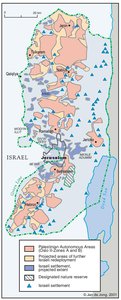
WYE RIVER MEMORANDUM, 23 OCTOBER 1998
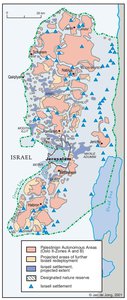
SHARM ESH-SHEIKH AGREEMENT, 4 SEPTEMBER 1999
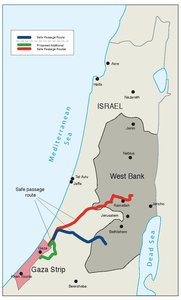
PROTOCOL CONCERNING SAFE PASSAGE BETWEEN THE WEST BANK AND THE GAZA STRIP, 5 OCTOBER 1999
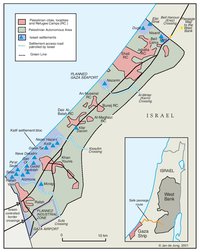
GAZA, 2000
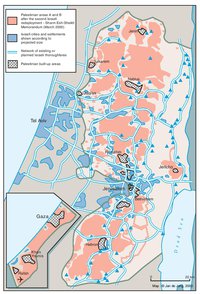
WEST BANK AND GAZA STRIP, MARCH 2000
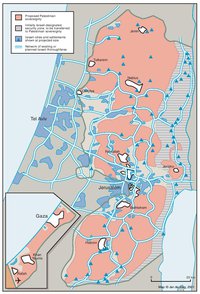
CAMP DAVID PROJECTION, JULY 2000
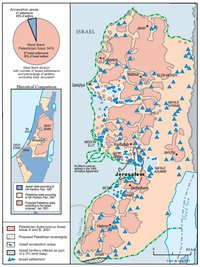
TABA TALKS PROJECTION, JANUARY 2001
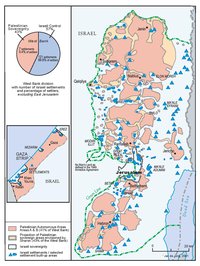
THE SHARON PROPOSAL, SPRING 2001
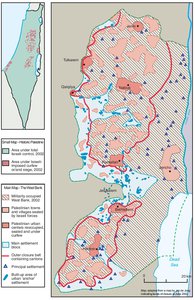
THE REINVASION OF THE PALESTINIAN TERRITORIES, 2001-2002
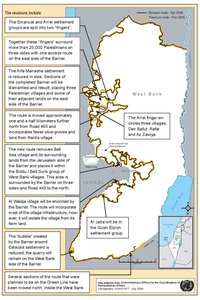
THE ROAD MAP, 2003
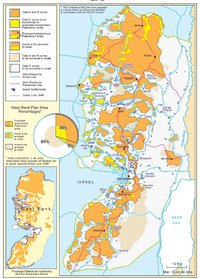
THE GENEVA INITIATIVE AND ACCORD, 2003
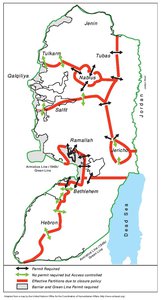
AGREED DOCUMENTS ON MOVEMENT AND ACCESS FROM AND TO GAZA, 2005
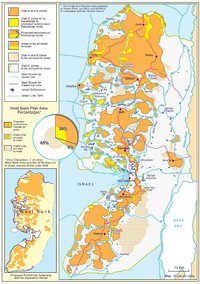
THE SETTLERS' PLAN FOR PALESTINIAN AUTONOMY, 2006
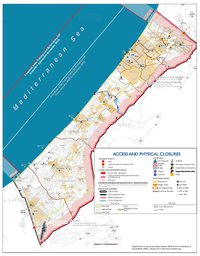
THE GAZA STRIP TODAY (2014)
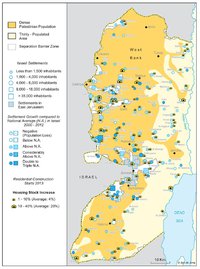
THE WEST BANK TODAY (2014)
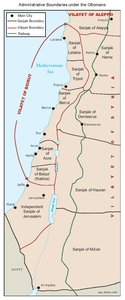
ADMINISTRATIVE BOUNDARIES

HEBRON
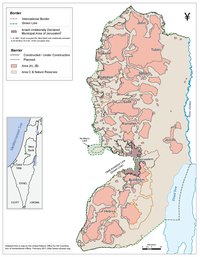
Area C
